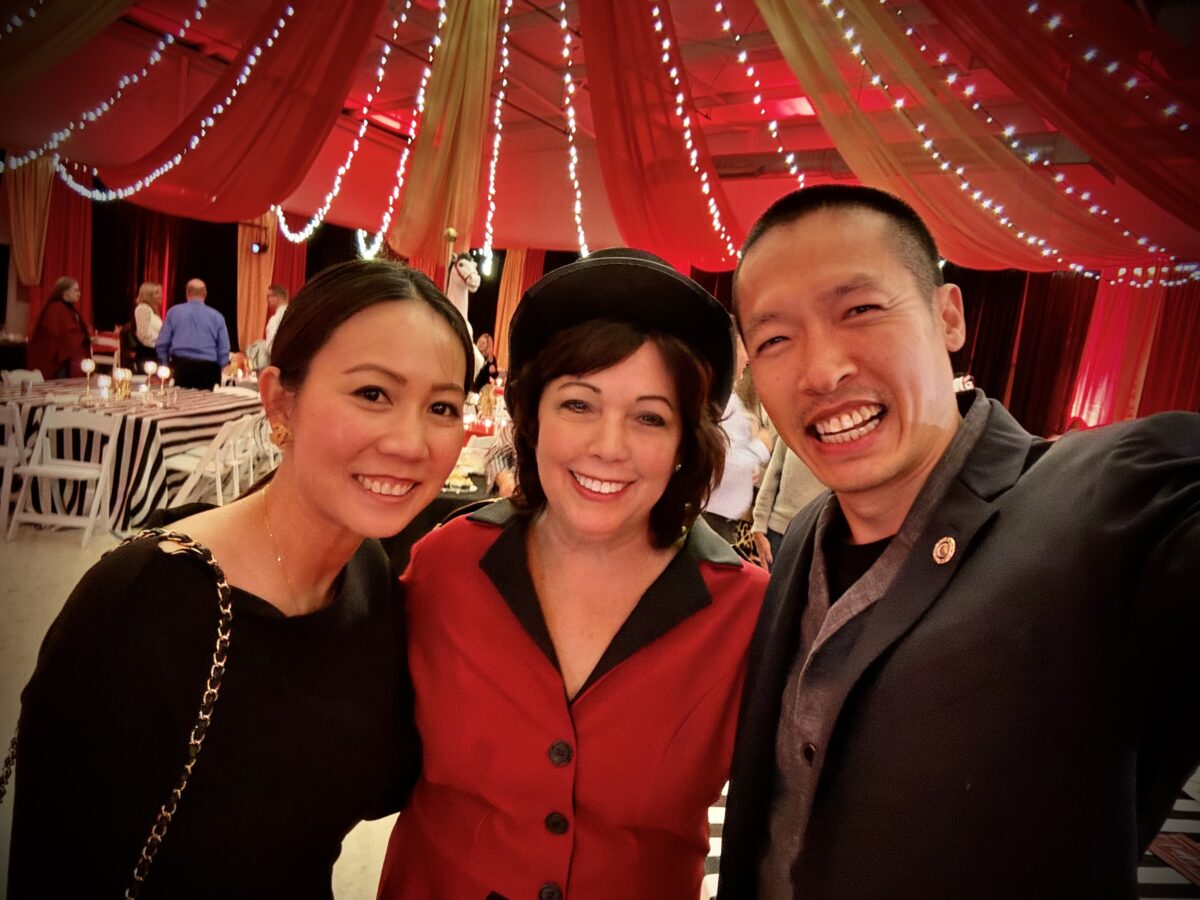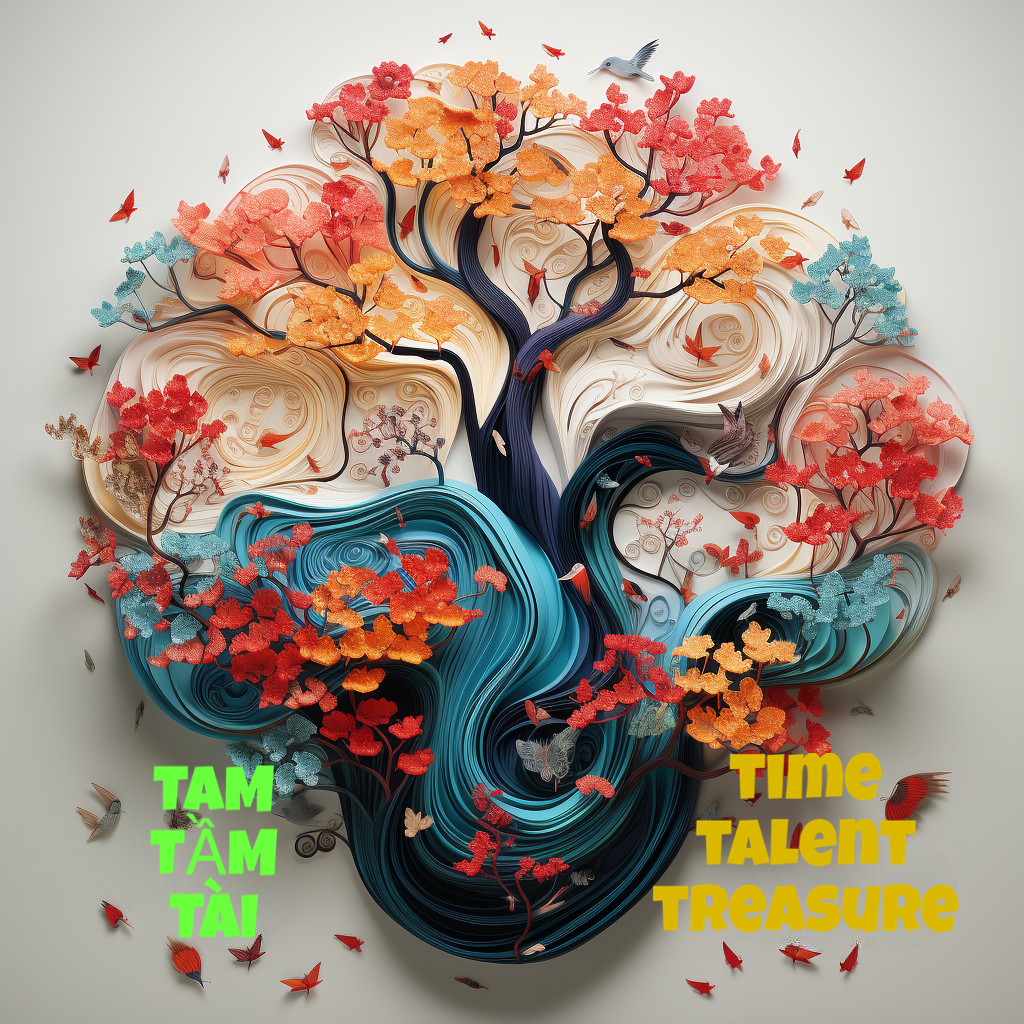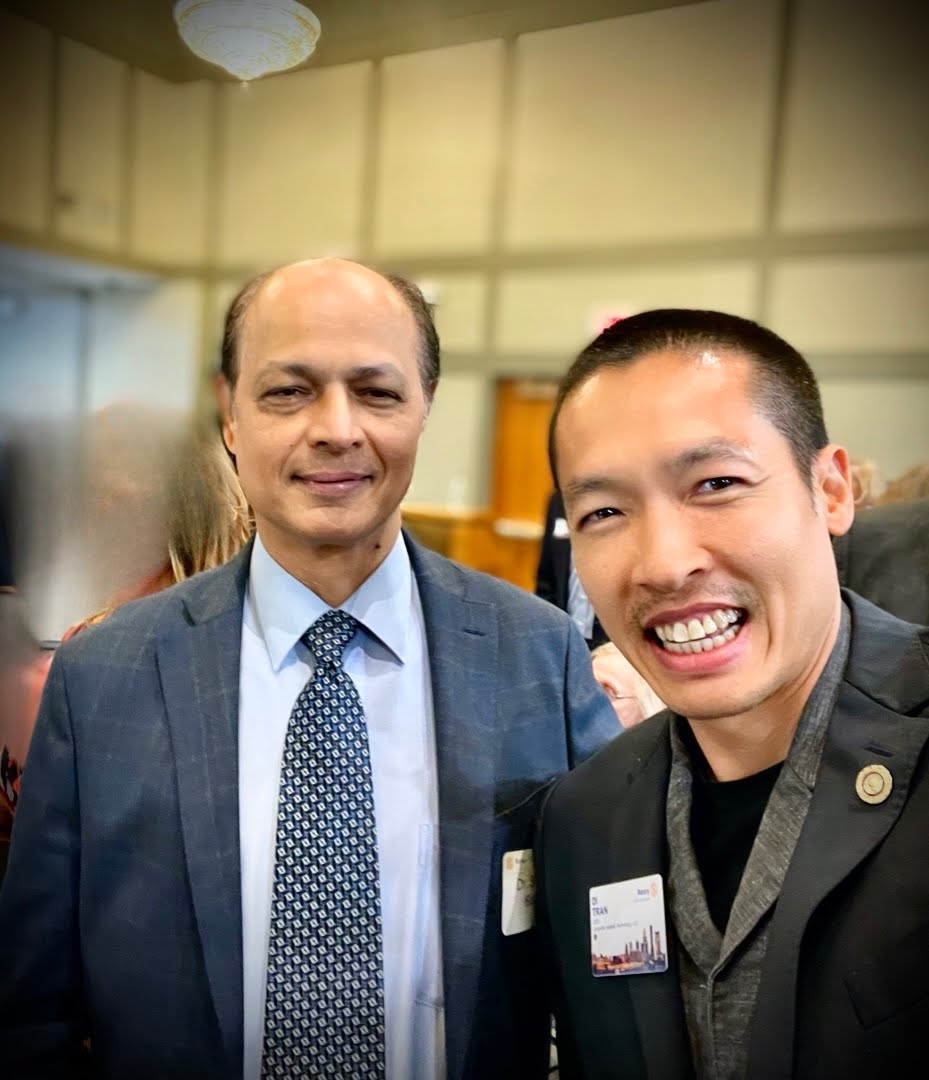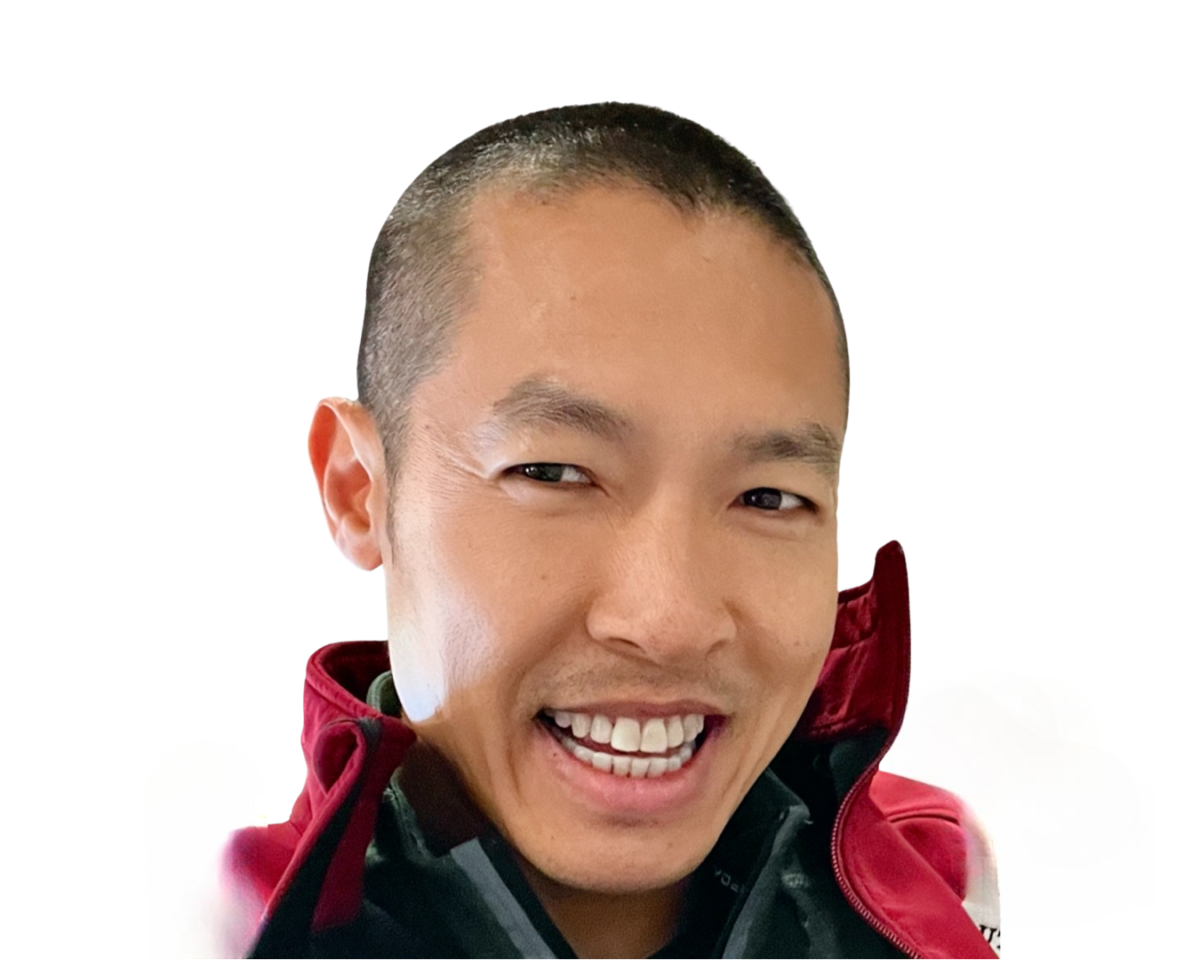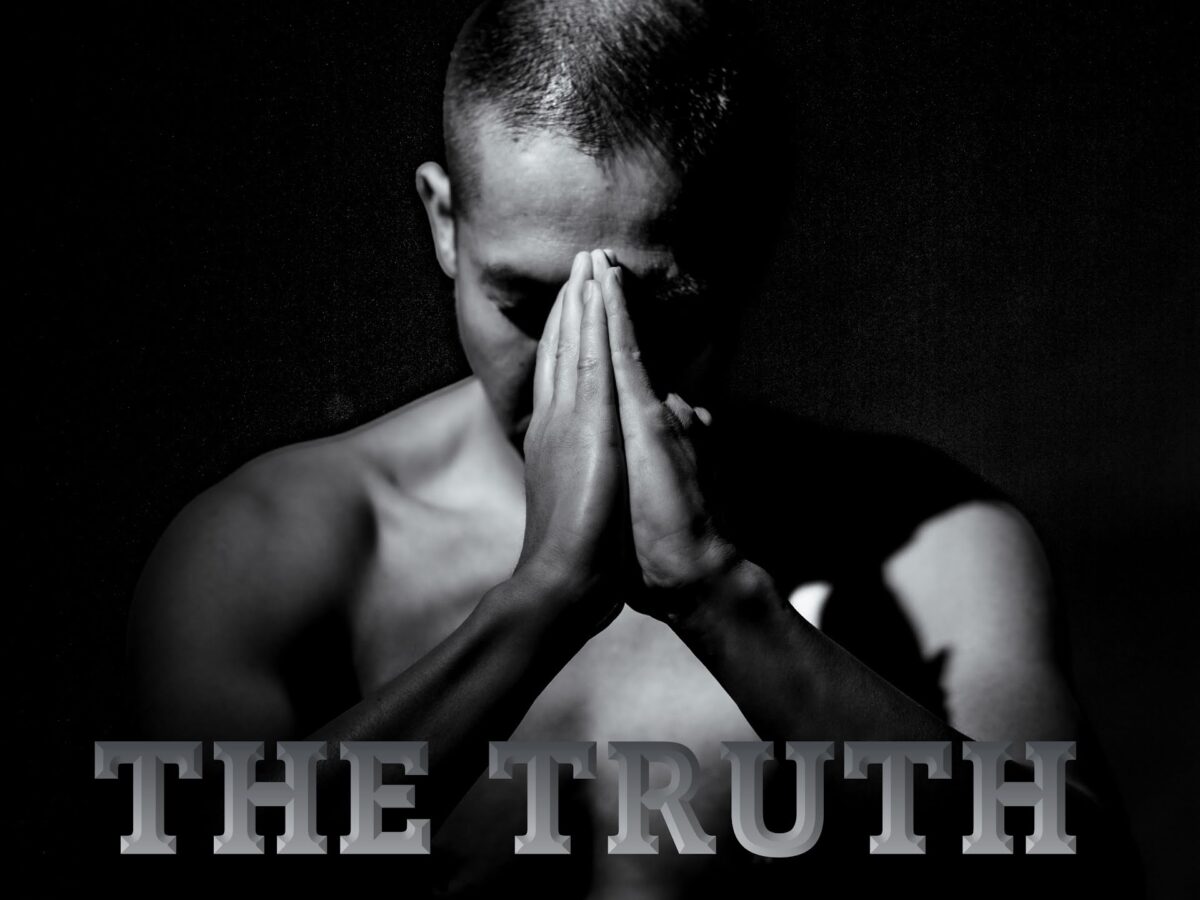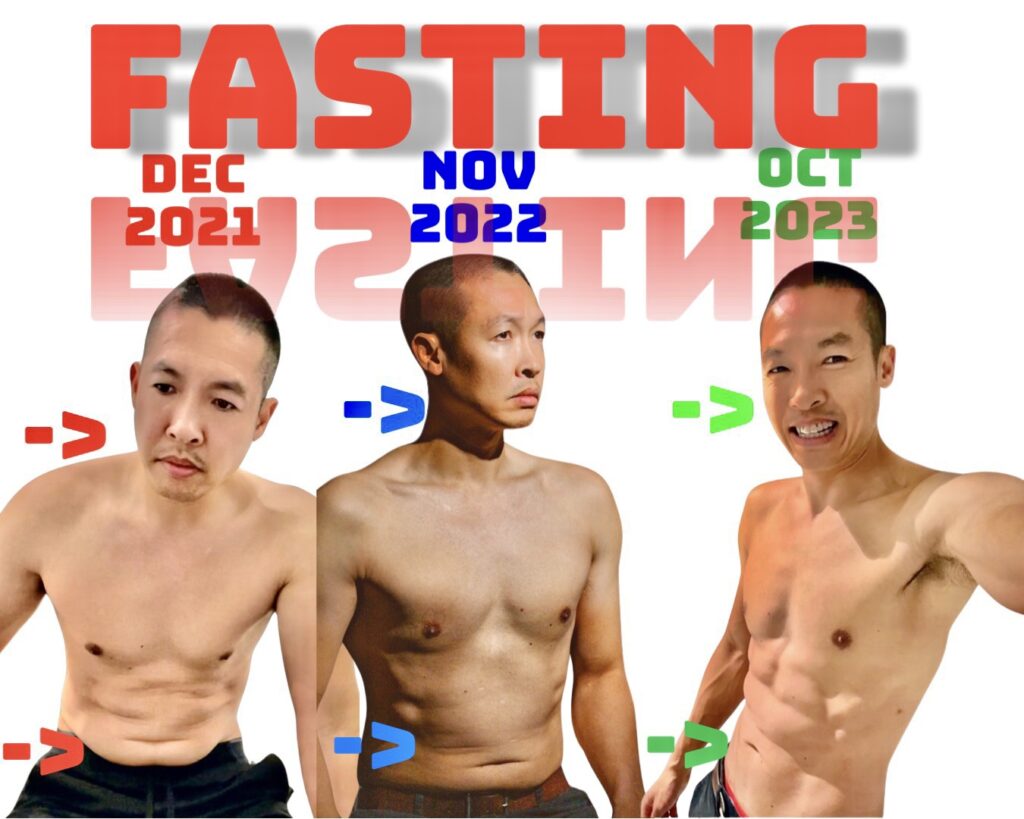Louisville, KY – November 16, 2023 – Di Tran, the esteemed owner of Louisville Beauty Academy, was a notable attendee at the Harbor House of Louisville’s appreciation celebration event tonight. The event, a significant milestone for Harbor House, marked the expansion of their services and the announcement of their partnership with Tran for the establishment of a new beauty school within their $17+ million facility.
Maria Smith, the CEO of Harbor House, in her address to the attendees, quoted Jesus: “If I then, your Lord and Teacher, have washed your feet, you also ought to wash one another’s feet. For I have given you an example, that you should do as I have done to you.” Seamlessly, Smith connected this Biblical teaching to the ethos of Harbor House, saying, “At Harbor House, we literally wash everyone’s feet already.” Her words resonated with the organization’s commitment to service and care.
The statement struck a chord with Di Tran, who reflected on how Harbor House’s actions embody a level of godliness, both literally and metaphorically. Tran, whose Louisville Beauty Academy is renowned for its comprehensive beauty education, saw a profound alignment with his own philosophy of care and service. His decision to establish a second academy at Harbor House is driven by a desire to instill a mindset of genuine care in future beauty professionals, mirroring Harbor House’s exemplary methods and dedication to serving God.
The new facility, boasting modern equipment including brand-new pedicure chairs, will offer extensive training in hair, nail, and skincare, with a special focus on pedicures. This aligns perfectly with the literal act of washing feet, coupled with the metaphorical implication of serving and caring for others.
In a moment of inspiration, Di Tran approached Maria Smith with the idea of placing Jesus’ quote about washing feet at each pedicure station. This would serve as a constant reminder of the deeper meaning behind their services. Smith immediately agreed, recognizing it as a wonderful way to encapsulate the spirit of their collaboration and the essence of their shared mission.
The event concluded on a high note, with attendees feeling inspired and uplifted by the potential of this new partnership. Harbor House of Louisville and Louisville Beauty Academy are set to embark on a journey that not only enhances skills but also enriches the soul, staying true to the values of service, care, and community.

